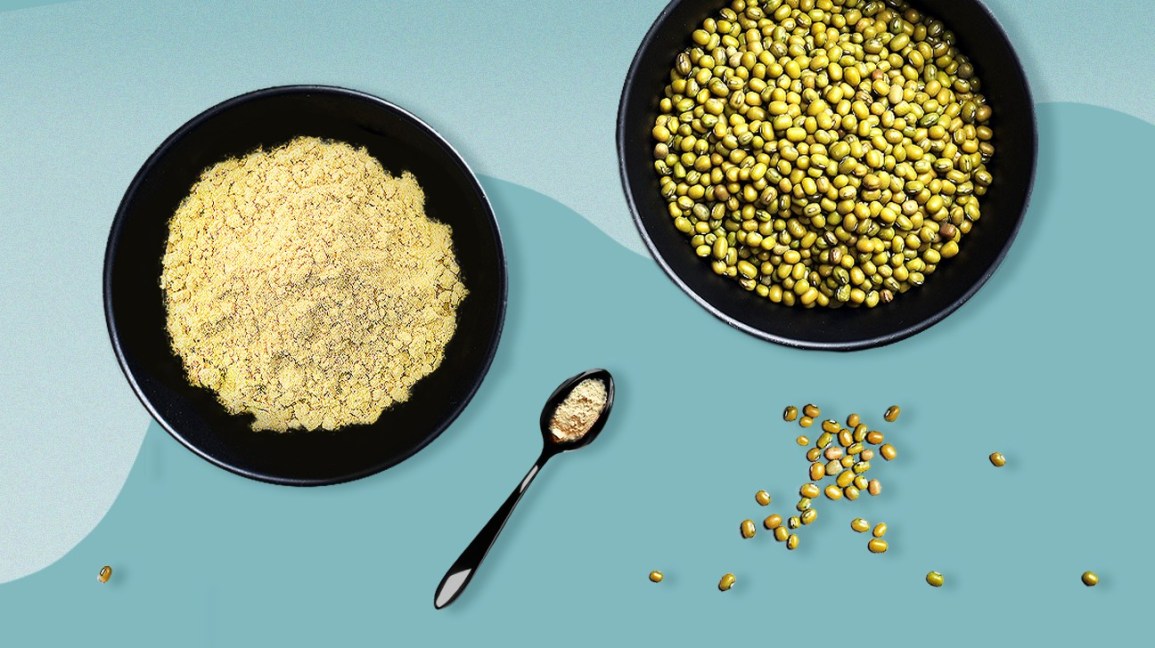Protein powders have become a staple in the fitness and nutrition world, offering a convenient way to boost protein intake for muscle gain, recovery, and overall health.
Among the various options available, whey protein and pea protein are two popular choices, each with unique characteristics and benefits.
Origins and Production
Whey Protein
Derived from cow’s milk during the cheesemaking process, whey protein is a byproduct that contains lactose, making it a dairy protein.
Pea Protein
Extracted from yellow split peas, pea protein is a plant-based protein that is naturally lactose-free, catering to vegans and individuals with dairy sensitivities.
Nutritional Profile and Amino Acid Content
Both proteins are rich in essential amino acids, crucial for muscle repair and growth:
Whey Protein:
Known for its high leucine content, approximately 105 mg per gram, whey protein effectively stimulates muscle protein synthesis.
Pea Protein:
Contains all nine essential amino acids but has a slightly lower leucine content, about 81 mg per gram.
(Trusted Source).
Digestibility and Absorption
Whey Protein:
Rapidly absorbed, making it ideal for post-workout recovery. However, its lactose content can cause digestive discomfort in some individuals.
Pea Protein:
Offers a more gradual absorption rate and is free from common allergens, making it easier to digest for many people.
Similarities
Both pea protein and whey protein powders are excellent sources of protein, sharing several similarities that make them versatile additions to various foods and beverages.
Taste and Texture
- Pea Protein: Often described as having an earthy, grassy flavor, pea protein’s taste is typically subtle and easily masked when blended into smoothies or recipes. eatingwell.com
- Whey Protein: Possesses a flavor somewhat similar to powdered milk, with a light, almost dusty-like texture.
Versatility in Use
Both protein powders are incredibly versatile and can be seamlessly incorporated into various foods and drinks:
- Shakes and Smoothies: A common method is mixing the powder with liquids like water, milk, or plant-based milk alternatives to create protein-rich shakes.
- Baked Goods: Enhance the protein content of muffins, pancakes, and other baked items by adding protein powder to the batter.
- Breakfast Foods: Stir protein powder into oatmeal or yogurt for a nutritious start to the day.
Incorporating pea or whey protein into your diet is simple, allowing you to boost your protein intake without significantly altering the taste or texture of your favorite dishes.
Effectiveness for Muscle Gain
Both proteins support muscle development:
Pea Protein:
Studies have shown that pea protein supplementation can lead to muscle thickness gains comparable to whey protein, making it a viable alternative for muscle building.
Whey Protein:
Its rich amino acid profile and quick absorption make it a popular choice for enhancing muscle mass.
(Trusted Source) (Trusted Source)
Dietary Considerations
Whey Protein:
Suitable for those without dairy sensitivities seeking a complete protein source.
Pea Protein:
Ideal for vegans, vegetarians, and individuals with lactose intolerance or dairy allergies.
Environmental Impact
Pea Protein:
Considered more sustainable due to lower resource requirements for pea cultivation.
Whey Protein:
As a dairy derivative, its production has a higher environmental footprint.
What people use them for
People use protein powders for many reasons.
Some of the most popular reasons are to build strength, repair tissue, and maintain muscle stores in the body.
People also use them as meal replacements, to increase protein intake, and even to help with weight loss.
Effectiveness for weight loss
For muscle gain, protein powders are most effective in people whose diets are currently lacking in protein. Scientists need to do more research on the use of protein powder for weight loss.
(Trusted Source) (Trusted Source)
Practical Tips for Choosing Between Pea and Whey Protein
Assess Digestive Tolerance:
If you’re lactose intolerant, pea protein may be more suitable.
Consider Dietary Preferences:
Vegans and those avoiding animal products should opt for pea protein.
Evaluate Fitness Goals:
Both proteins support muscle gain; choose based on personal tolerance and dietary alignment.
Taste and Texture:
Whey protein typically has a creamier texture, while pea protein may have an earthier flavor. Sampling both can help determine your preference.
Other factors to consider
For vegans, people with allergies, or those focused on choosing a more sustainable product, pea protein powder may be best. For people wanting an affordable and reliable option, whey protein might work better.
Conclusion
In conclusion, both whey and pea proteins are excellent sources of protein, each with distinct advantages. Your choice should align with your health goals, dietary needs, and personal preferences to effectively support your fitness journey.
Read more about: Soybeans 101: Nutrition Facts and Health Effects

